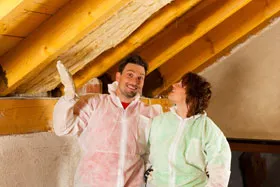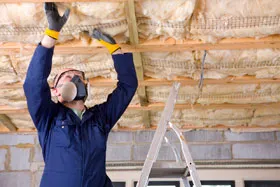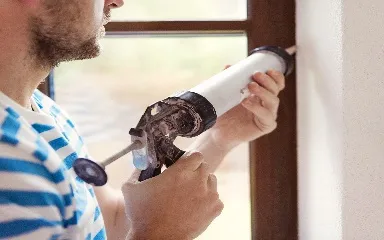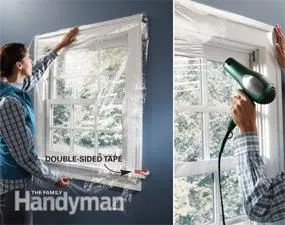Why Seal and Insulate?
 Save Energy and Money.
Save Energy and Money.
Air that leaks through your home’s envelope − the outer walls, windows, doors, and other openings − wastes a lot of energy and increases your utility costs. A well-sealed envelope, coupled with the right amount of insulation, can make a real difference on your utility bills. EPA estimates that homeowners can save an average of 15% on heating and cooling costs (or an average of 11% on total energy costs) by air sealing their homes and adding insulation in attics, floors over crawl spaces and basements.
 Increase Comfort.
Increase Comfort.
Insulation helps keep your home warm in the winter and cool in the summer. When correctly installed, insulation can deliver comfort and savings, especially during the hottest and coldest times of the year. Sealing leaks and adding insulation can improve the overall comfort of your home and help to fix many of these common problems:
- Reduced noise from outside
- Less pollen, dust and insects (or pests) entering your home
- Better humidity control
- Lower chance for ice dams on the roof/eves in snowy climates
In fact, if you added up all the leaks, holes and gaps in a typical home’s envelope, it would be the equivalent of having a window open every day of the year!
Most Homes Will Benefit.
Most homes in the United States don’t have enough insulation and have significant air leaks. Did you know that 9 out of 10 homes in the U.S. are under-insulated? Sealing air leaks around your home and adding insulation are two of the most cost-effective ways to improve energy efficiency and comfort in your home. By tackling both projects, you can maximize your comfort and save up to 10% on your annual energy bills.
To find more information and energy savings opportunities, visit Seal and Insulate with ENERGY STAR.






